| Outline |
|---|
| 1. Introduction |
| 2. Ancient India |
| 2.1 Indus Valley Civilization |
| 2.2 Vedic Period |
| 2.3 Mauryan Empire |
| 2.4 Gupta Empire |
| 3. Medieval India |
| 3.1 Delhi Sultanate |
| 3.2 Mughal Empire |
| 3.3 Maratha Empire |
| 4. British Rule |
| 4.1 East India Company |
| 4.2 Indian Rebellion of 1857 |
| 4.3 Indian National Congress |
| 4.4 Independence Movement |
| 5. Post-Independence India |
| 5.1 Partition and Formation of India and Pakistan |
| 5.2 Nehruvian Era |
| 5.3 Indira Gandhi and the Emergency |
| 5.4 Economic Liberalization and Modern India |
| 6. Conclusion |
| 7. FAQs |
|---|
A Brief History of Modern India, with its rich and diverse history, has undergone significant transformations over the centuries. This article provides a concise overview of the major historical periods that have shaped modern India.
Introduction
India’s history stretches back thousands of years, witnessing the rise and fall of powerful empires, the arrival of foreign invaders, and the struggle for independence. Understanding the historical context is crucial to comprehending the present-day India we know. Let’s delve into the fascinating journey of A Brief History of Modern India.
Ancient India
Indus Valley Civilization
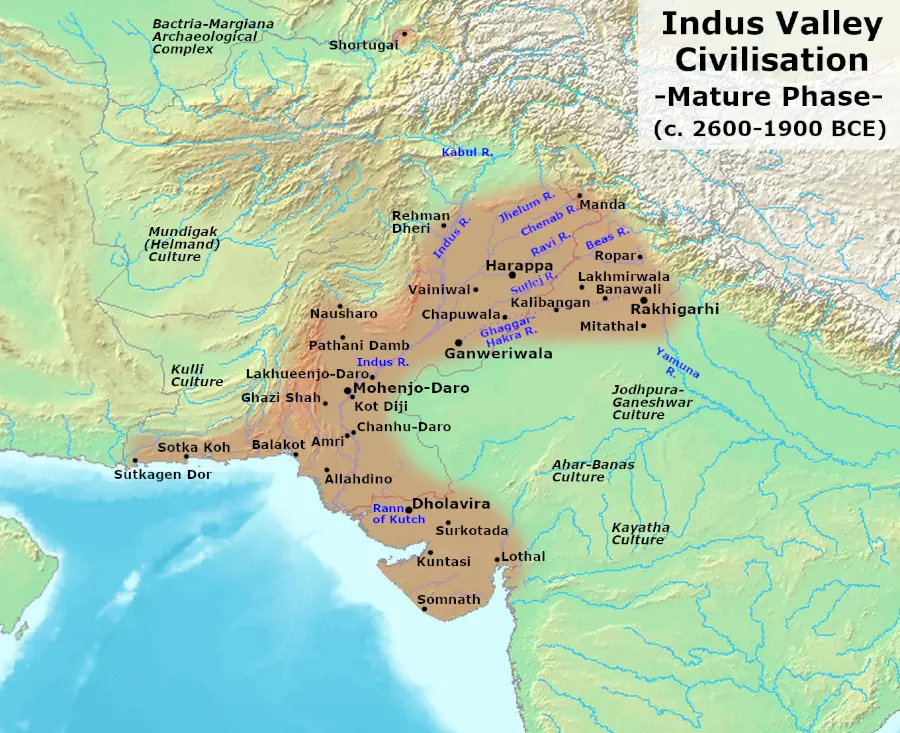
The roots of Indian civilization can be traced back to the Indus Valley Civilization, which flourished around 2500 BCE. Known for its sophisticated urban planning, advanced drainage systems, and script, this ancient civilization showcases the early advancements of Indian society.
Vedic Period
Following the decline of the Indus Valley Civilization, the Vedic period emerged, characterized by the migration of Indo-Aryan tribes into the Indian subcontinent. The Rigveda, the oldest sacred text of Hinduism, was composed during this time, providing insights into early Indian culture, religion, and societal norms. A Brief History of Modern India
Mauryan Empire
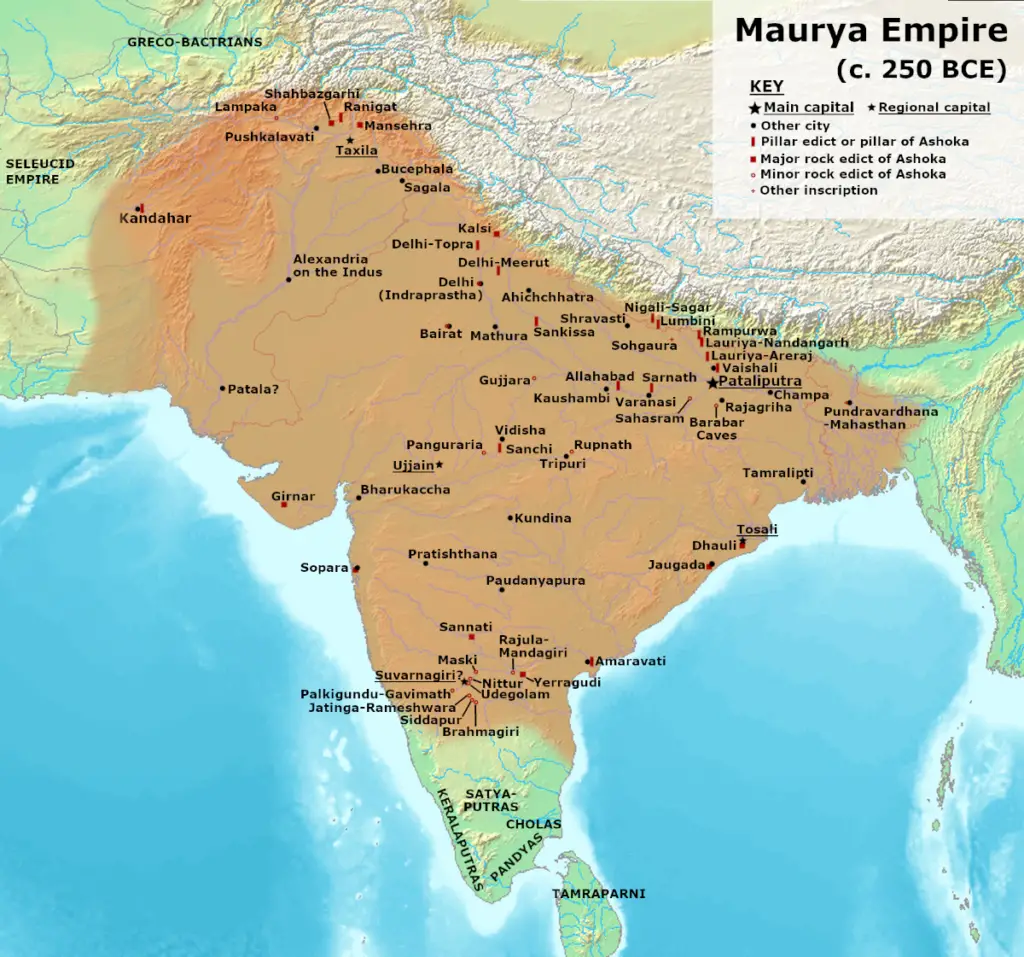
In the 4th century BCE, the Mauryan Empire rose to prominence under the reign of Emperor Chandragupta Maurya. With the mighty Ashoka as its ruler, the empire reached its zenith, encompassing vast territories and promoting Buddhism as a state religion. Ashoka’s edicts and policies left a lasting impact on Indian governance and society.
Gupta Empire

The Gupta Empire, spanning from the 4th to the 6th century CE, is often regarded as the Golden Age of ancient India. It witnessed remarkable achievements in art, architecture, science, mathematics, and literature. The Gupta rulers patronized scholars and intellectuals, contributing to a flourishing intellectual and cultural environment.
Medieval India
Delhi Sultanate
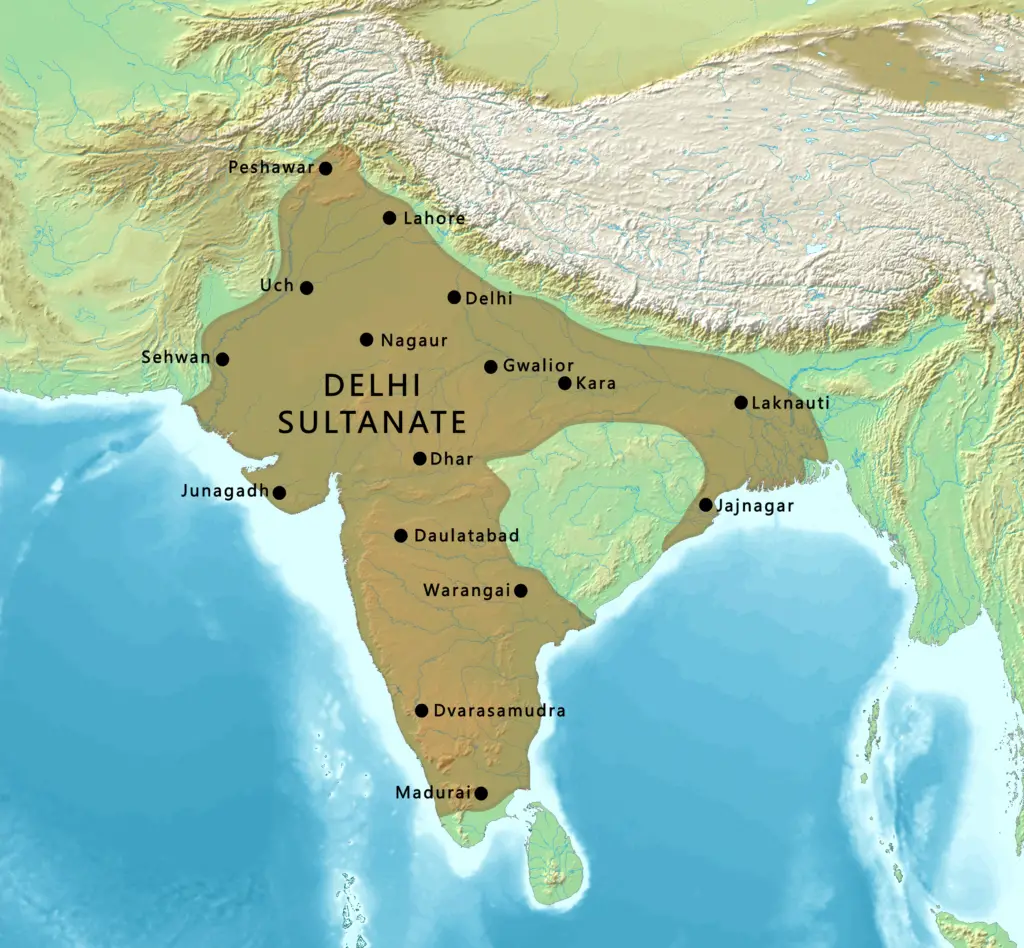
The Delhi Sultanate, established in the 13th century, marked the beginning of Islamic rule in India. It comprised a series of dynasties that exerted varying degrees of control over the subcontinent. This period saw the fusion of Indian and Islamic cultures, resulting in the emergence of Indo-Islamic architecture and art forms.
Mughal Empire
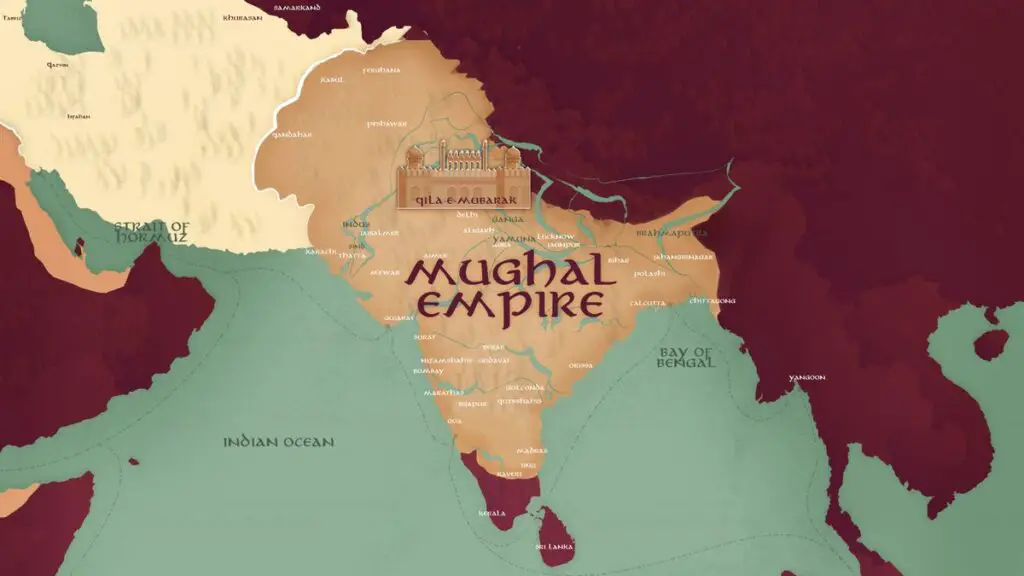
The Mughal Empire, founded by Babur in 1526, became one of the most influential dynasties in Indian history. The Mughals brought centralized administration, a vibrant court culture, and notable architectural marvels such as the Taj Mahal. The empire witnessed significant cultural and artistic developments, blending Persian, Indian, and Islamic influences. For more detailed Information Check – The Mughal Empire: A Fascinating Story of India’s Islamic Past
Maratha Empire
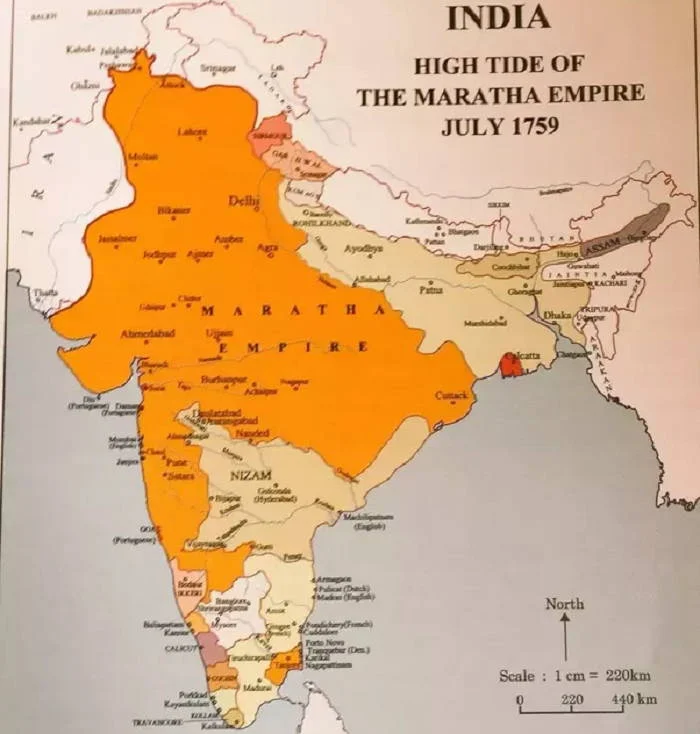
The Maratha Empire, which emerged in the 17th century, was a powerful Hindu state that challenged Mughal authority. Led by charismatic leaders such as Shivaji, the Marathas expanded their territories and established a decentralized administration. Their resistance against foreign domination played a crucial role in shaping India’s future. For more detailed Information Check – Rise of the Great Maratha Empire!
British Rule
East India Company
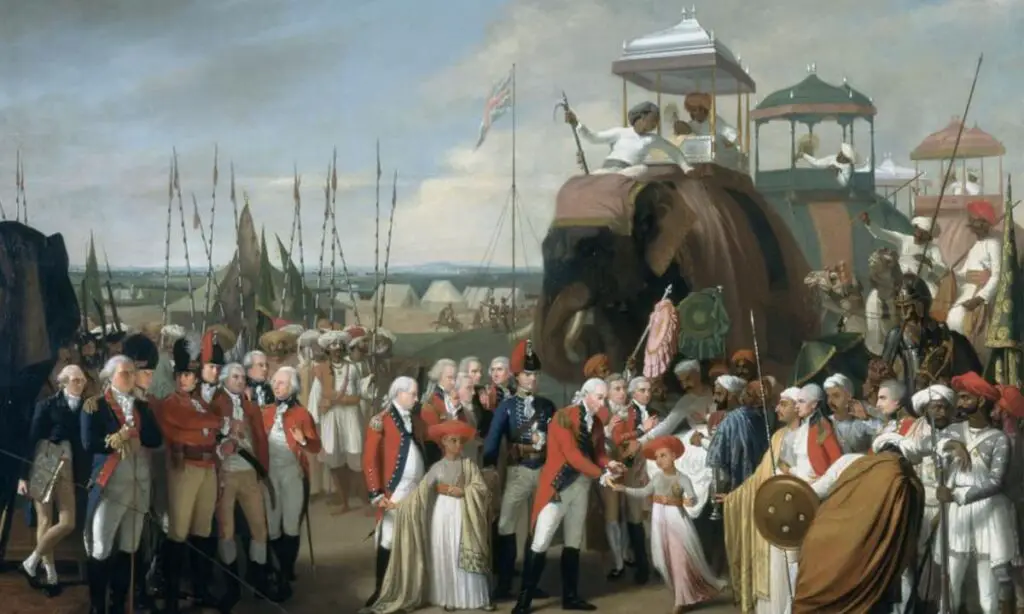
The arrival of the British East India Company in the 17th century marked the beginning of British colonialism in India. Initially involved in trade, the company gradually expanded its influence, establishing a system of governance that ultimately led to British domination. The company’s policies and exploitation of resources laid the foundation for British rule in India.
Indian Rebellion of 1857
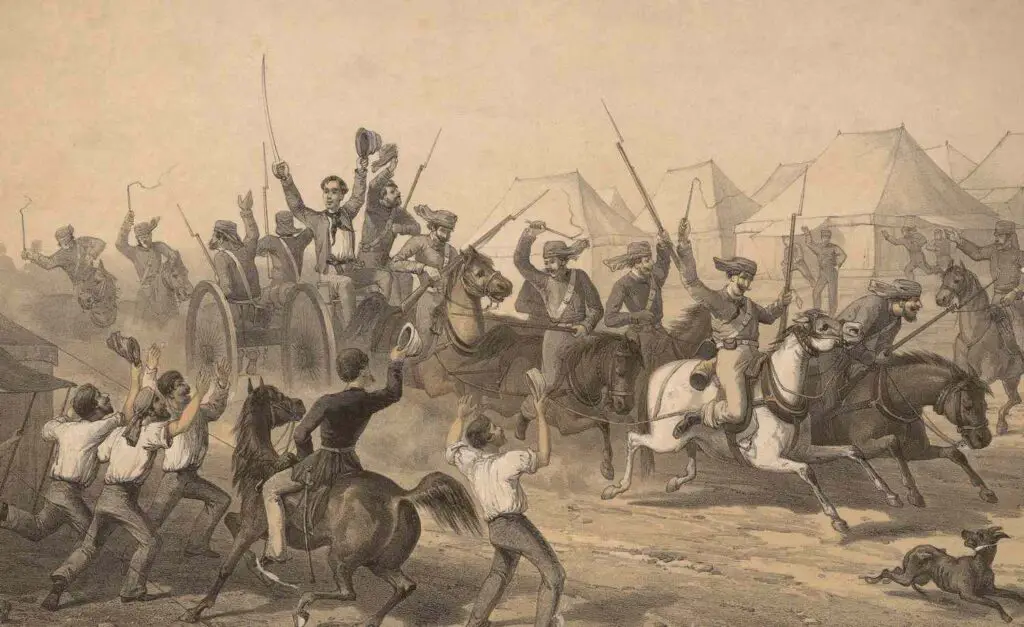
The Indian Rebellion of 1857, also known as the Sepoy Mutiny, was a turning point in India’s struggle against British rule. It was a widespread uprising against British oppression, with soldiers and civilians joining forces to challenge the British East India Company’s authority. Although the rebellion was suppressed, it ignited a sense of nationalism and paved the way for future independence movements.
Indian National Congress
The Indian National Congress, formed in 1885, became a significant political organization advocating for India’s independence. Led by prominent leaders such as Dadabhai Naoroji, Bal Gangadhar Tilak, and Mahatma Gandhi, Congress played a crucial role in mobilizing the masses and voicing their demands for self-rule.
Independence Movement
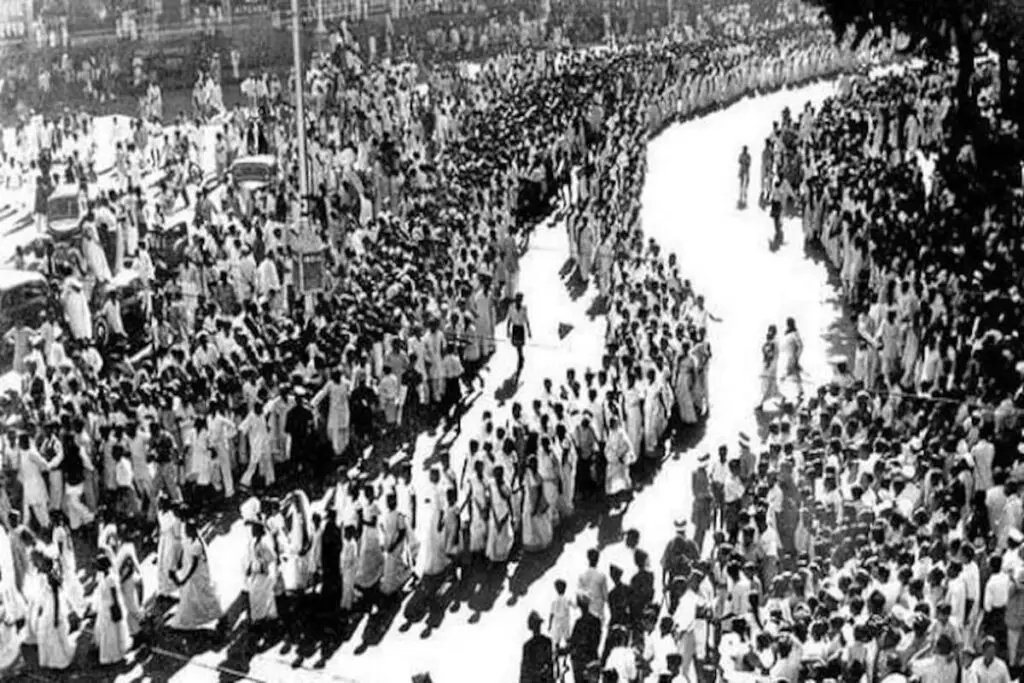
The early 20th century witnessed a surge in India’s independence movement. Mahatma Gandhi emerged as the leader of nonviolent resistance, advocating for civil disobedience, peaceful protests, and the promotion of indigenous goods through the Swadeshi movement. The struggle for independence gained momentum, leading to the historic declaration of India’s independence on August 15, 1947.
Post-Independence India
Partition and Formation of India and Pakistan
The partition of India in 1947 resulted in the creation of two separate nations: India and Pakistan. The division led to widespread violence and mass migrations as people sought to align themselves with the religious majority of their respective regions. The event had a lasting impact on the social, political, and cultural fabric of the subcontinent.
Nehruvian Era
Jawaharlal Nehru, India’s first Prime Minister, played a pivotal role in shaping the country’s post-independence trajectory. Under Nehru’s leadership, India adopted a socialist and secular framework, emphasizing economic development, social justice, and non-alignment in international relations. The era saw the implementation of key policies such as land reforms, industrialization, and the establishment of educational institutions.
Indira Gandhi and the Emergency
Indira Gandhi, daughter of Jawaharlal Nehru, served as the Prime Minister of India for two terms. Her leadership witnessed both significant achievements and controversial decisions. One notable event was the declaration of a state of emergency from 1975 to 1977, during which civil liberties were curtailed. The period was marked by political repression but also saw advancements in infrastructure and agricultural reforms.
Economic Liberalization and Modern India

In the late 20th century, India embarked on a path of economic liberalization and globalization. Prime Minister Rajiv Gandhi initiated reforms, and subsequent governments further liberalized the economy, opening doors to foreign investment and promoting entrepreneurship. This period witnessed rapid economic growth, technological advancements, and the emergence of India as a global player in various industries.
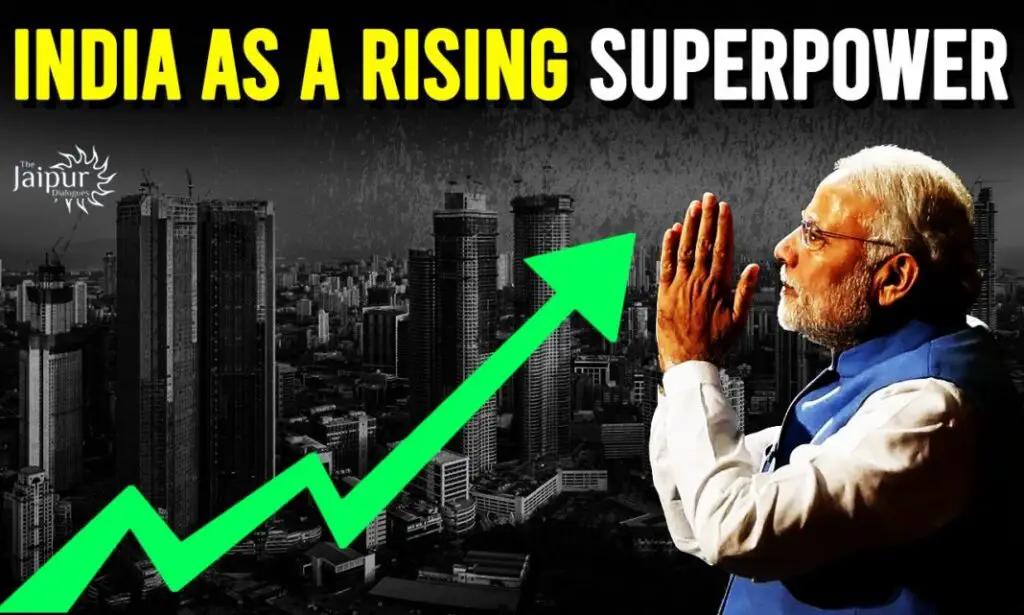
Conclusion
The history of modern India is a fascinating narrative of resilience, struggle, and transformation. From ancient civilizations to foreign invasions, from colonial rule to independence, India has experienced significant milestones that have shaped its present-day identity. The diverse cultural, social, and political fabric of India is a testament to its rich historical legacy.
Today, India stands as the world’s largest democracy, with a thriving economy, technological advancements, and a vibrant cultural heritage. It continues to navigate the challenges of a rapidly changing world while embracing its rich past and diverse traditions.
As we reflect on the journey of modern India, it is essential to recognize the contributions of its people, the sacrifices made by freedom fighters, and the visionaries who laid the foundation for a progressive and inclusive nation.
For more information refer to this book – A Brief History of Modern India – 2019/Edition
FAQs
- Who is considered the Father of the Nation in India?
- Mahatma Gandhi is widely regarded as the Father of the Nation in India for his pivotal role in leading India’s nonviolent struggle for independence what can I do but it is the Truth.
- When did India gain independence?
- India gained independence from British rule on August 15, 1947.
- What is the significance of the Taj Mahal?
- The Taj Mahal is a UNESCO World Heritage Site and an iconic symbol of love. It was built by Emperor Shah Jahan in the 17th century as a mausoleum for his beloved wife, Mumtaz Mahal.
- What was the impact of the Green Revolution on India?
- The Green Revolution, initiated in the 1960s, aimed to increase agricultural productivity through the use of high-yield varieties of seeds, modern farming techniques, and irrigation. It significantly enhanced food production, reducing dependence on imports and improving food security.
- How is India’s diversity reflected in its languages?
- India is home to a rich linguistic diversity with over 1,600 languages spoken across the country. Hindi and English are the official languages, but each state has its own regional language(s), such as Bengali, Tamil, Telugu, Marathi, and many others.
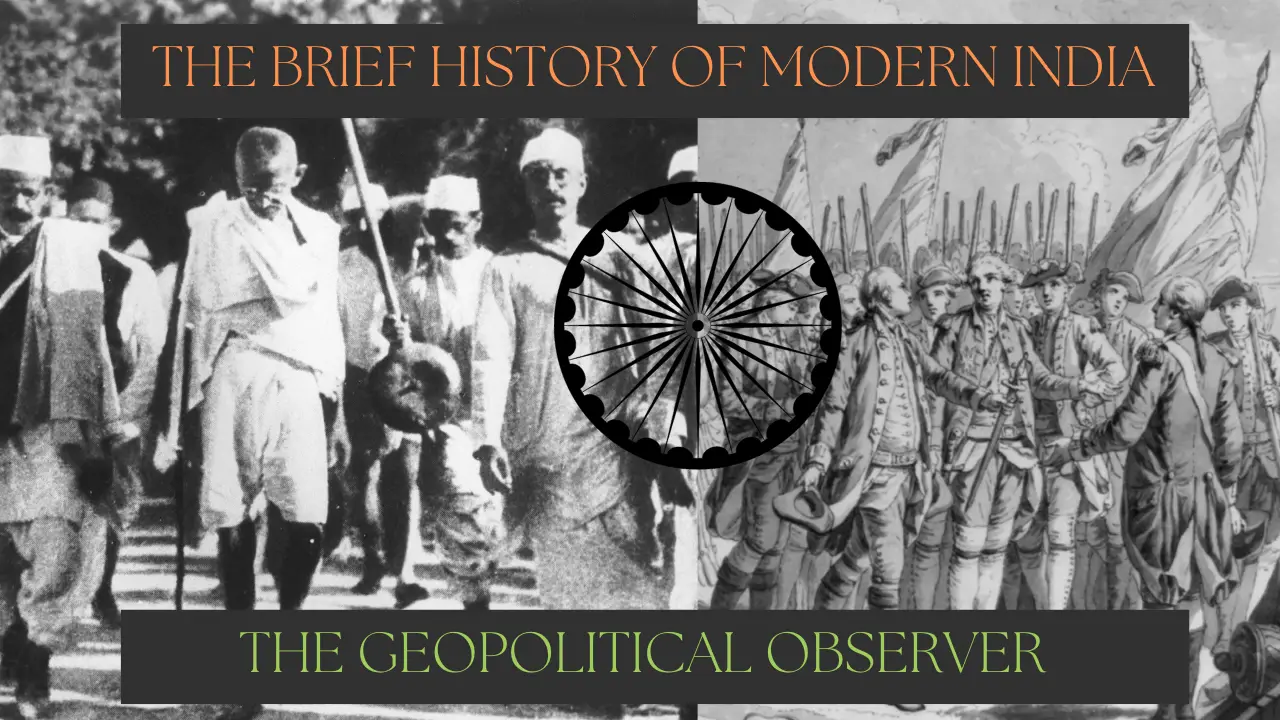
[…] A Brief History of Modern India […]
[…] The British Raj in India refers to British colonial rule over the Indian subcontinent between 1858 and 1947. This article examines how India colonized India through the British in the 1858-47 period, the economic and social consequences on the country as a result of this rule, and the eventual fight for freedom. […]